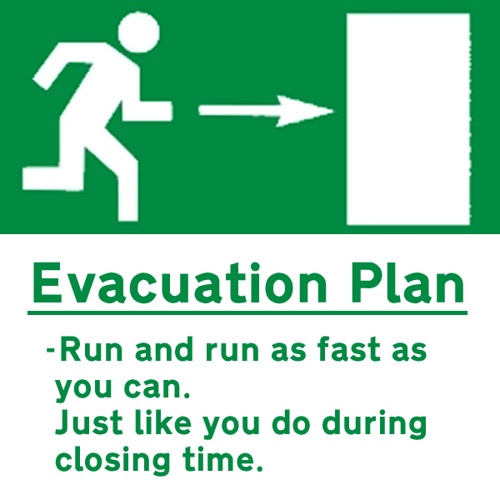Telstra adds location to emergency alerts

The national emergency alert telephone warning system is on its way to receiving an update after the Victorian Government signed a contract with Telstra to provide location-based alerts.
The warning system currently uses the Integrated Public Number Database to look up all mobile phones and landlines that are registered in an area affected by an emergency and send the owners SMS alerts and/or voice messages.
The service has been in place since 1 December 2009 after the Council of Australian Governments agreed to set up the system and the Federal Government set aside $15 million in May 2009 to fund it.
However, the existing system does not take into account the physical location of mobile phones at the time of an emergency, meaning that residents in safe areas may receive incorrect and possibly harmful alerts that do not apply to them, or visitors to an affected region may not receive the alerts.
The Queensland Flood Commission recognised this flaw in its 266-page interim report filed in August last year, explicitly recommending location-based warnings be implemented.
The upgrade to the warning system will ensure that mobile phone users will receive alerts only when they are in an affected area and regardless of whether their mobile phone is registered to that area or not.
The Victorian Government led negotiations with telecommunications carriers and has signed the upgrade agreement with Telstra on behalf of the nation. However, for the warning system to cover all of the population, contracts will also need to be put in place with Optus and Vodafone. These negotiations are currently underway, according to acting Victorian Premier Peter Ryan, but this means that a concrete figure on the cost of the upgrade will not be known until the remaining two telcos commit to the upgrade.
Emergency Management Minister Robert McClelland applauded the Victorian Government for stepping up to the plate.
"I commend the Victorian Government for taking steps towards providing Australia with ground-breaking public safety technology that will help emergency services across the nation to warn communities about life-threatening emergencies," he said.
Although the emergency system has been used about 342 times and has sent about 7.2 million messages, it is widely accepted as being only part of an emergency warning system and not a complete replacement for more traditional sources of emergency information.
"Communities should not rely solely on receiving a telephone warning," Ryan said.
"People should also tune in to the radio, check the emergency services website and stay aware of the conditions."
